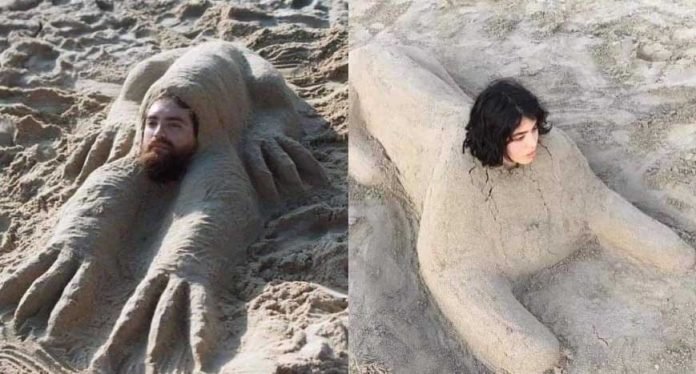Imagine walking along a sun-kissed beach, the warm sand between your toes, when suddenly you encounter a breathtaking sight: a colossal sand sculpture rising from the shore, its intricate details defying belief. This is the world of sand sculptors, artists who transform humble grains into awe-inspiring masterpieces that captivate beachgoers and challenge our perceptions of what’s possible with this most transient of mediums.
These creative geniuses are the unsung heroes of the art world, blending childlike wonder with adult skill to craft works that are both monumental and fleeting. Their canvas is the beach itself, their tools as simple as hands and buckets, yet the results are nothing short of magical. From whimsical creatures emerging from the sand to elaborate castles that seem to defy gravity, sand sculptors push the boundaries of imagination and skill.
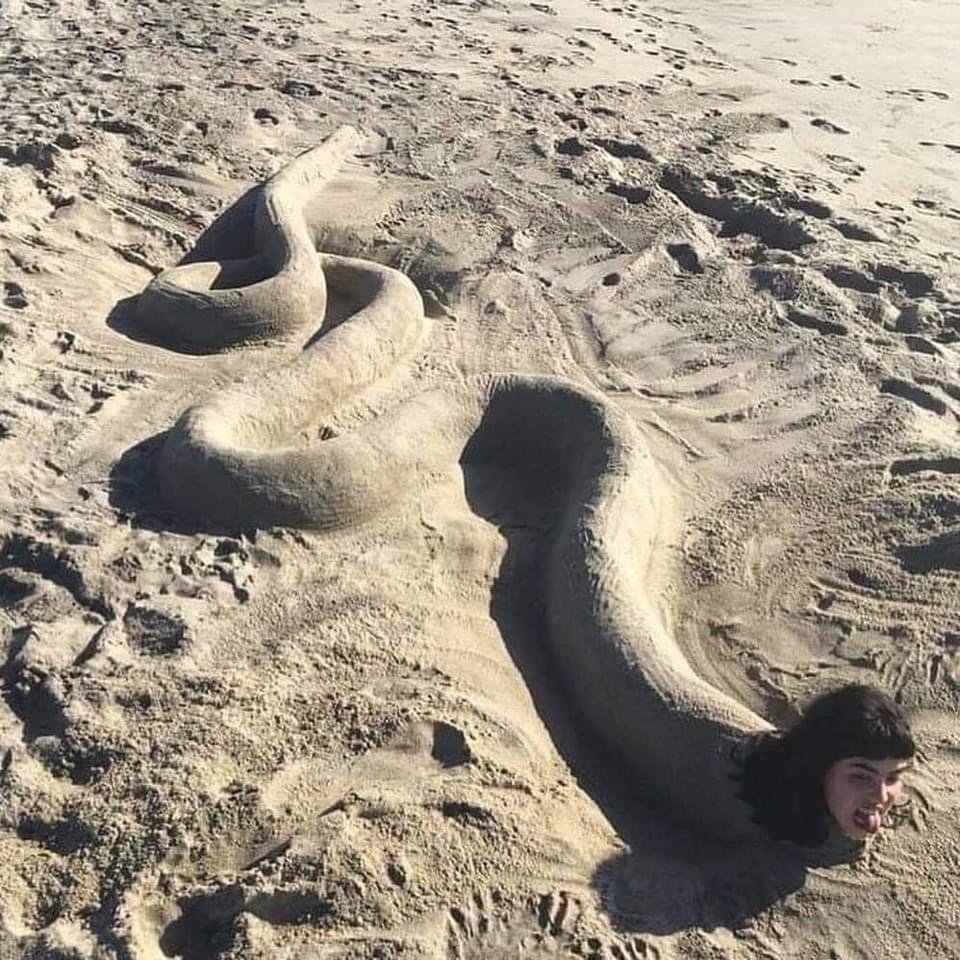
The art of sand sculpting is as old as human creativity itself, with roots tracing back to ancient civilizations that built sand models for architectural planning. Today, it has evolved into a sophisticated form of expression, with international competitions drawing artists from around the globe to showcase their talents. These events transform beaches into open-air galleries, where spectators can witness the birth of sand masterpieces in real time.
What sets sand sculpture apart from other art forms is its ephemeral nature. Unlike paintings that hang in museums for centuries or statues that stand for millennia, sand sculptures are destined to return to the earth from whence they came. This transience imbues each creation with a poignant beauty, reminding us to appreciate the present moment and find joy in the process of creation rather than clinging to the result.
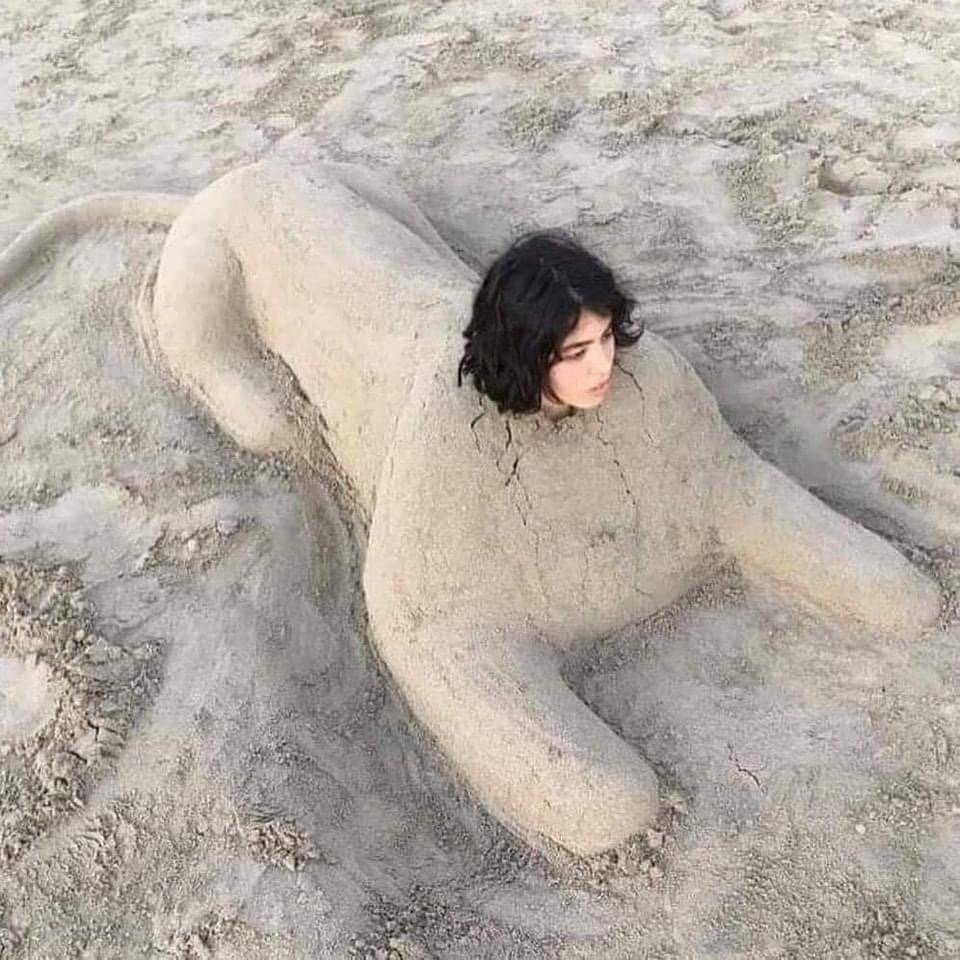
The techniques employed by sand sculptors are as varied as the artists themselves. Some begin with a solid base, carefully compacting wet sand into dense blocks that can support towering structures. Others work more organically, letting the natural properties of the sand guide their designs. Advanced sculptors might incorporate intricate carving techniques, using specialized tools to etch fine details into their work.
One of the most fascinating aspects of sand sculpture is its accessibility. While master sculptors can create works of staggering complexity, the basic joy of building sand castles is available to anyone with access to a beach. This democratization of art encourages creativity in people of all ages and backgrounds, fostering a sense of community and shared experience among beachgoers.
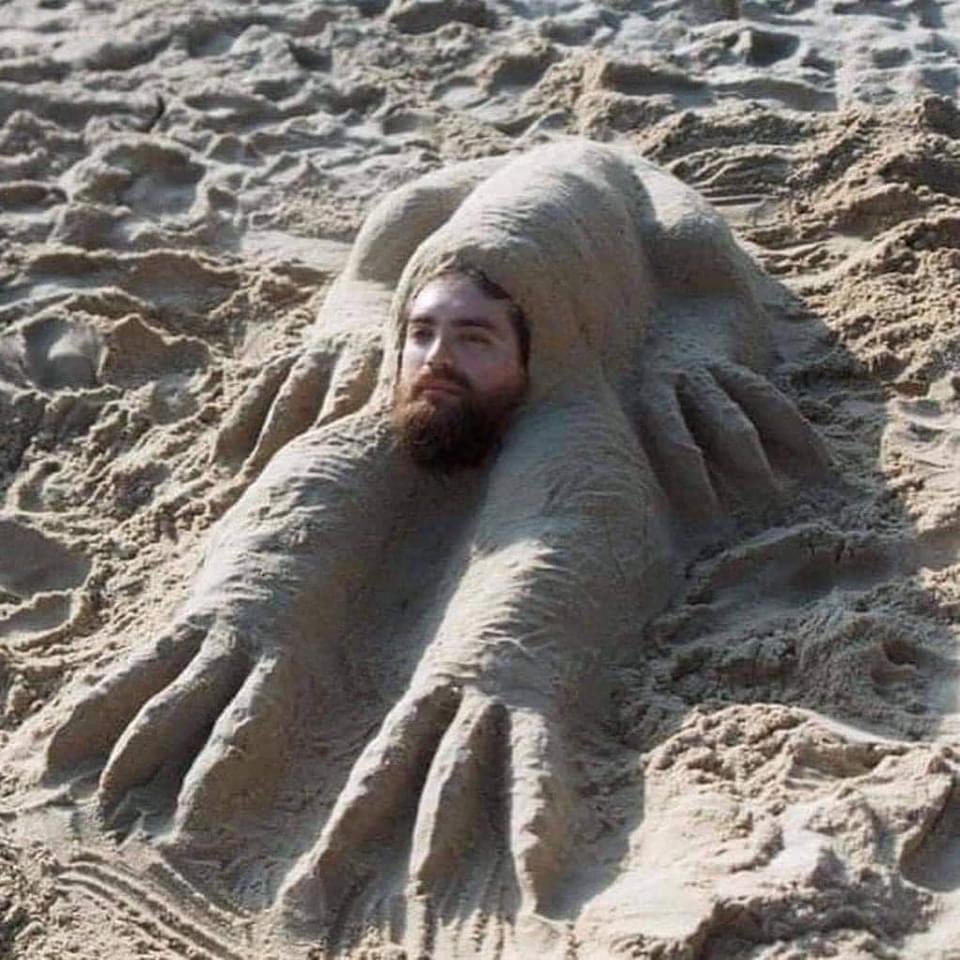
Environmental awareness plays a significant role in modern sand sculpting. Many artists use their platforms to draw attention to issues like ocean pollution and climate change, creating sculptures that not only astound but also educate. These eco-conscious creations serve as powerful reminders of our connection to the natural world and our responsibility to protect it.
The challenges faced by sand sculptors are unique and numerous. Weather conditions can make or break a sculpture, with wind and rain posing constant threats. Tides can reclaim beach space, forcing artists to work quickly and strategically. Even the quality of sand varies from beach to beach, with some grains better suited for sculpting than others. Overcoming these obstacles requires not just artistic vision but also problem-solving skills and adaptability.
For many sand sculptors, their art is a form of meditation. The focus required to balance delicate structures and carve intricate details demands a state of flow, where the outside world fades away and only the sand matters. This meditative quality extends to viewers as well, who often find themselves lost in contemplation as they explore the details of a complex sand sculpture.
The impact of sand sculpture extends beyond the beach. Many artists have found ways to preserve their creations through photography and video, sharing their work with a global audience online. Some have even developed techniques for creating permanent sand sculptures using special binding agents, allowing their art to be displayed in galleries and public spaces year-round.
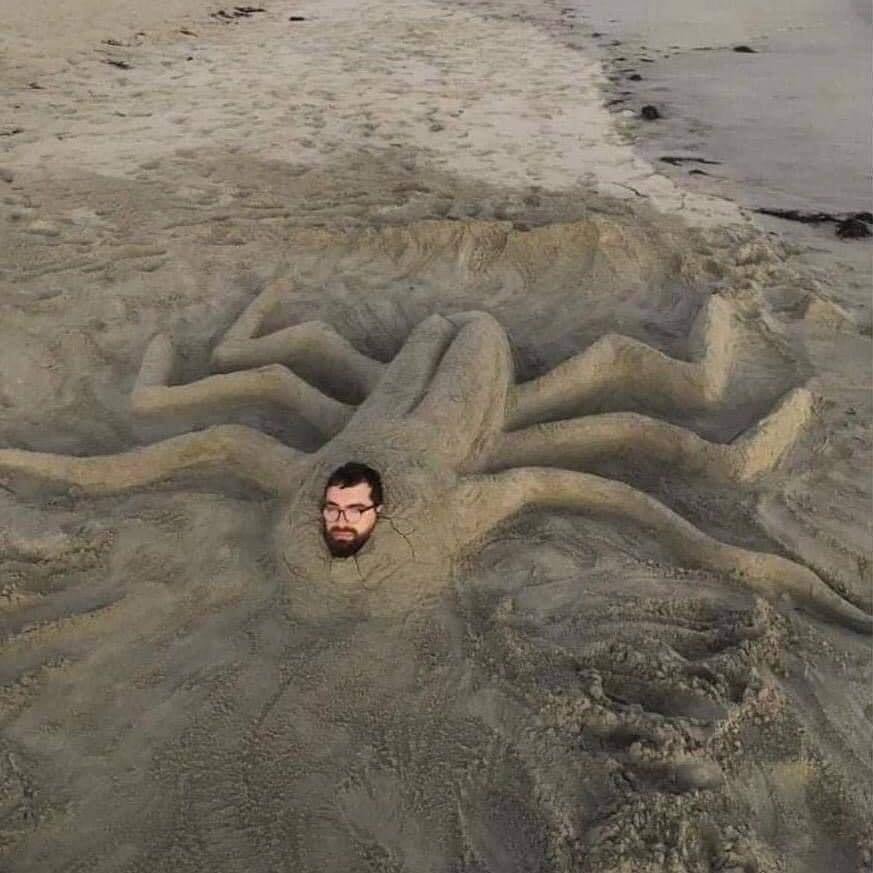
As we look to the future, the world of sand sculpture continues to evolve. New technologies like 3D printing are being explored as ways to enhance and preserve sand art. Virtual reality experiences allow people to “visit” sand sculptures from anywhere in the world. Yet at its core, sand sculpting remains a deeply human art form, connecting us to our environment and each other through shared wonder and creativity.
In a world that often feels chaotic and unpredictable, sand sculptures remind us of the beauty that can arise from impermanence. They challenge us to find joy in the process of creation, to appreciate the present moment, and to see the extraordinary potential in something as ordinary as a grain of sand. So the next time you find yourself on a beach, take a moment to build something, no matter how simple. You might just discover the sand sculptor within you, ready to leave your ephemeral mark on the world.


